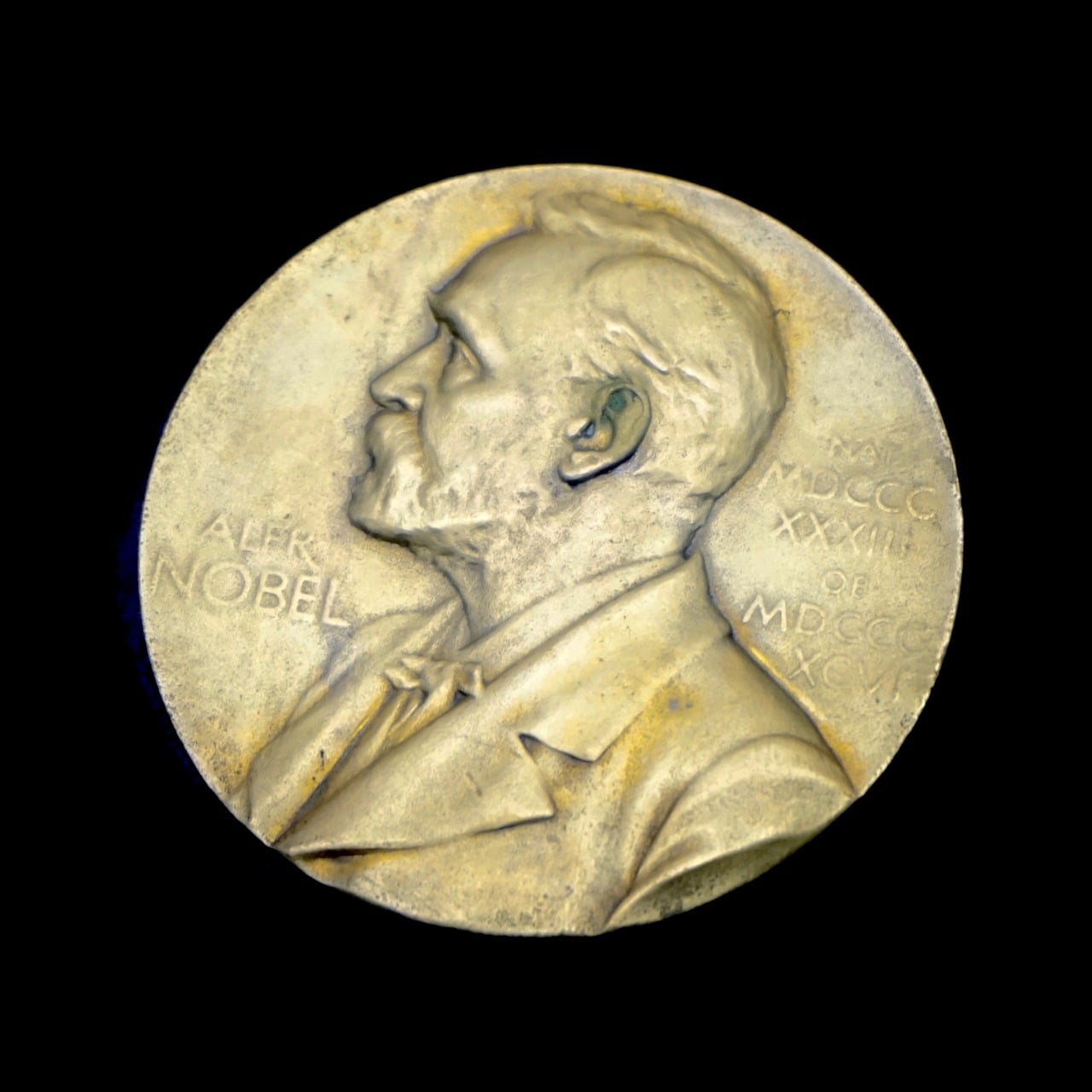Nobel Prize is one of the world’s most prestigious awards. Alfred Nobel signed his last will in 1895, giving a large portion of his fortune to a series of prizes in chemistry, physics, literature, physiology or medicine, and peace. Since 1968, the central bank of Sweden has been giving Nobel Prizes in economic sciences in memory of Alfred Nobel. Here we take a look at the top 10 youngest Nobel Prize winners in the world.
These are the youngest Nobel Prize winners on the planet
Between 1901 and 2018, 904 individual laureates and 24 organizations have received the Nobel Prize. Some of them have been awarded more than once. Each Noble Prize recipient gets a gold medal, a diploma, and a sum of money that is determined by the Nobel Foundation every year. Each year, the Nobel Prizes are awarded in Stockholm in an annual ceremony on December 10th, the death anniversary of Alfred Nobel.
The ranking below is based on the age of laureates when they were awarded Noble Prize, not when they did the work that led them to the Prize.
10- Mairead Corrigan, 32
Born on January 27, 1944 in Belfast, Northern Ireland, Mairead Corrigan was awarded the Nobel Peace Prize in 1976 when she was just 32 years old. Corrigan has also won a number of other awards. She is the founder of the Northern Ireland Peace Movement, which was later renamed Community of Peace People. The organization worked towards bringing an end to the brutal conflict between Catholics and Protestants in Northern Ireland.
9- Frederick G. Banting, 32
Banting was a Canadian doctor who won the Nobel Prize in physiology or medicine in 1923 at the age of 32. He failed his first year at university, but went on to discover insulin in pancreatic extracts of dogs. He also injected the insulin in a diabetic dog and found that it reduced the blood glucose levels to normal in the animal. He was also the first person to implement insulin in humans to treat diabetes.
8- Rudolf Mossbauer, 32
Rudolf Mossbauer discovered the Mossbauer effect when he ignored his professor’s advice on the equipment he should use for an experiment. He was awarded the Noble Prize in physics in 1961 at the age of 32 for his “researches concerning the resonance absorption of gamma radiation” and his discovery of this connection of the Mossbauer effect. His discoveries allowed scientists to study energy levels in atomic nuclei and how they are affected by their surroundings and other phenomena.
7- Tsung-Dao Lee, 31
TD Lee was just 31 when he won the Nobel Prize for physics in 1957. His PhD supervisor was Enrico Fermi, who himself was a Nobel Prize winner in 1938. Lee was awarded the Nobel Prize for his “penetrating investigation” of the parity laws, which led to breathtaking discoveries regarding the elementary particles. He was born in China but did most of his work in the United States.
6- Carl D. Anderson, 31
Carl David Anderson discovered positron in 1932, when he was just 27 years old. Four years later, he was awarded the Nobel Prize in physics for his discovery, making him one of the world’s youngest Nobel Prize winners. Notably, Anderson also discovered muon in 1936. He was affiliated to the California Institute of Technology, where he spent all his academic and research career.
5- Paul A.M. Dirac, 31
Dirac received the Noble Prize for physics in 1933, when he was just 31 years old. He shared the award that year with Erwin Schrodinger “for the discovery of new productive forms of atomic theory.” Dirac is regarded as one of the pioneers of quantum mechanics and quantum electrodynamics.
4- Werner Heisenberg, 31
The German scientist was awarded Nobel Prize for physics in 1932, but he received the Prize a year later in 1933. His uncertainty principle set limits for how precisely the velocity and position of a particle can be simultaneously determined. He also formulated a type of quantum mechanics based on metrices, which led to the discovery of allotropic forms of hydrogen. Heisenberg has also made significant contributions to the theories of cosmic rays and ferromagnetism.
3- Nadia Murad, 25
Born in 1993, Nadia Murad is an Iraqi Yazidi human rights activist currently living in Germany. The Islamic State had kidnapped her and kept her captive for three months in 2014, but she managed to escape. She was awarded the Nobel Peace Prize in 2018 for her efforts to end the “use of sexual violence as a weapon of war and armed conflict.” Sexual violence as a weapon of war is a war crime and a threat to international peace and security.
2- Lawrence Bragg, 25
Lawrence Bragg was the youngest Nobel Prize winner for 99 years before he was dethroned by Malala Yousafzai. He won the Nobel Prize for physics in 1915, when he was just 25 years old. Born in Australia, Bragg was affiliated to the Victoria University in Manchester, United Kingdom. He was awarded the Nobel Prize for his analysis of crystal structure by means of X-rays. He also established the relationship between the wavelength of the X-ray, its angle of incidence, and the distance between the atomic layers inside a crystal. His discovery made it possible to calculate the positions of atoms in crystalline molecules.
1- Malala Yousafzai, 17
Malala Yousafzai is the youngest Nobel Prize winner on the planet. She was awarded the Nobel Peace Prize in 2014 when she was just 17 years old. Born in the Swat district of Pakistan, she was shot in the head by the Taliban for raising voice against the suppression of girl children. She continues to fight for the rights of all children to education. She lives in the United Kingdom.





